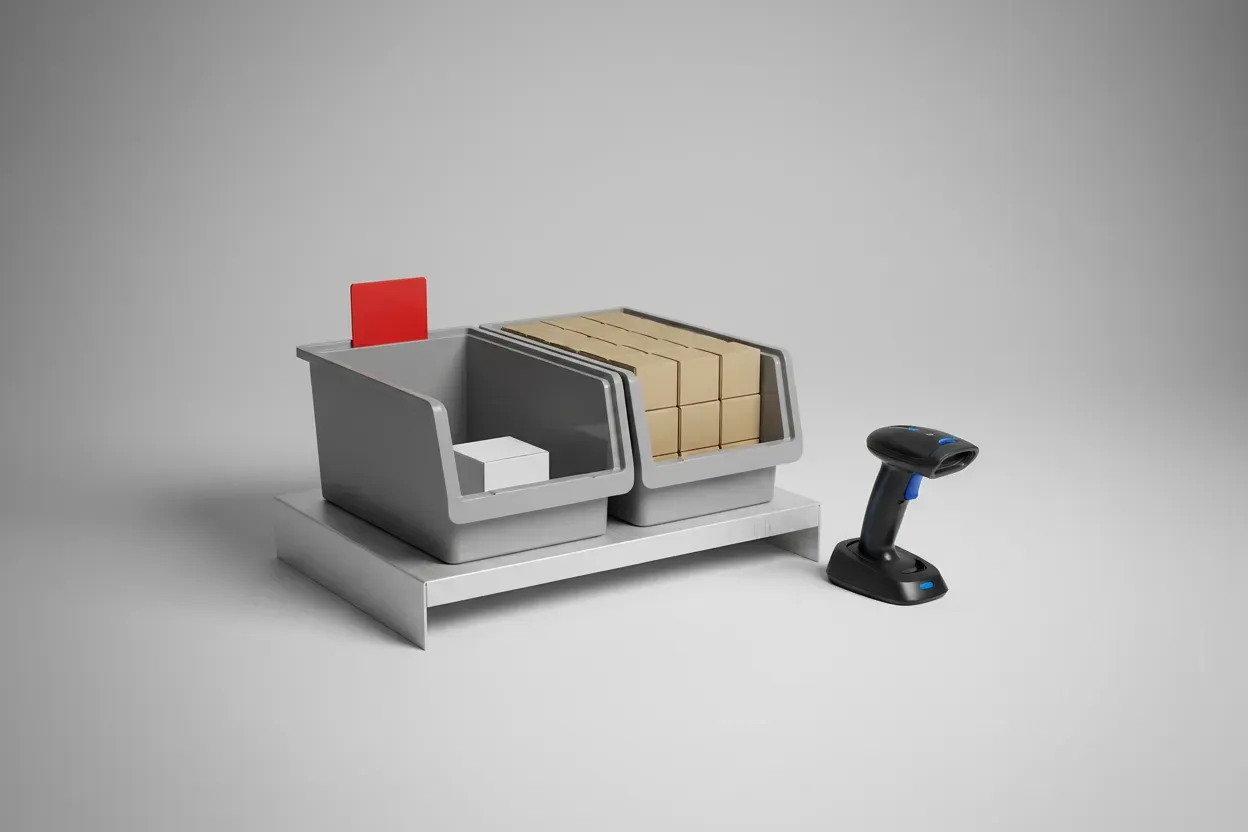How Do You Approach Competition in Your Industry?
To provide insights on competitive strategies in business, we asked ten industry leaders, including CEOs and founders, to share their approaches. From competing with tailored, high-quality reports to employing a vertical integration strategy, discover the diverse strategies these experts employ to stay ahead in their respective industries.
- Competing with Tailored, High-Quality Reports
- Embracing Competition for Collective Growth
- Leveraging Market Research for an Advantage
- Keeping Ahead with Active User Listening
- Enhancing Customer Experience as Strategy
- Staying Agile in Response to Competition
- Differentiating as a Strategy
- Prioritizing Customer Retention Over Acquisition
- Delivering Exceptional Customer Service
- Employing a Vertical Integration Strategy
Competing with Tailored, High-Quality Reports
Our industry of residential building surveyors has become incredibly competitive in recent years, with large corporations competing with us on speed, and sole traders competing on price. Given the nature of the surveying field, we have a lot of contacts in other companies, and we prefer to support fellow surveyors in other firms rather than focus on rivalry. This means that aggressive competitive strategies are not appropriate for us. Instead, we can compete by carving out our own niche within the industry.
For us, that’s been done by focusing on high-quality, thorough reports that are tailored to each of our clients. This allows us to avoid direct competition with firms offering surveys following a set template, which can be extremely helpful but might not be as useful for someone buying an older or more unusual home. We have also invested in honing the efficiency of our admin and internal systems, allowing us to keep costs down for our clients.
 Kim Allcott
Kim Allcott
Partner, Allcott Associates LLP
Embracing Competition for Collective Growth
In our company, we believe in learning and taking cues from the competition. In the education sector, competition is seen not as a rivalry, but as an opportunity for collective growth. The sharing of resources and strategies among teachers and educators can lead to better support and development for everyone in the industry.
It’s not about outdoing one another, but elevating the whole group. For instance, when we noticed a competitor doing amazing things with interactive content, we didn’t get defensive. Instead, we reached out, congratulated them, and even collaborated on a project. This move not only strengthened our relationship but also introduced both of us to fresh perspectives.
By embracing competition as a chance to learn and improve, we’re always pushing the boundaries of what’s possible in educational support and inspiration.
 Christopher Burgess, Project Lead, EuHu by Findel
Christopher Burgess, Project Lead, EuHu by Findel
Leveraging Market Research for an Advantage
Dealing with competition requires thoughtful planning and effective execution. Our company confronts our competitors head-on by conducting thorough market research.
This approach has proven to be valuable. It enables us to identify our target audience, understand their needs, and know what attracts them to our products and services. Consequently, we’ve achieved remarkable customer loyalty, improved retention rates, and overall satisfaction.
This strategy has afforded us a competitive advantage, providing us with deeper insights into the market compared to our rivals. It empowers us to make well-informed decisions regarding product development and expansion into new markets.
Moreover, our increased awareness of market trends equips us to proactively adapt and seize emerging opportunities. In addition to all these advantages, this approach has also been instrumental in risk management, allowing us to develop a contingency plan to mitigate potential challenges.
 Peter Bryla
Peter Bryla
Community Manager, ResumeLab
Keeping Ahead with Active User Listening
Competition in the PR software industry keeps us agile. It pushes us to continually refine our products and anticipate customer needs.
One strategy we employ is active listening to our user base. By genuinely understanding their challenges and aspirations, we can tailor our offerings more effectively, staying one step ahead of competitors.
In essence, competition doesn’t intimidate us; it fuels our drive to be the best version of ourselves for our customers.
 Matias Rodsevich
Matias Rodsevich
Founder, PRHive
Enhancing Customer Experience as Strategy
In my experience within our industry, I’ve always regarded competition as a driving force for innovation and progress rather than an impediment. This perspective has played a pivotal role in shaping our business strategy at our company, where we usually strive to stay at the forefront of our field.
One competitive strategy we’ve consistently embraced, from my personal journey in this role, revolves around our unwavering focus on enhancing the customer experience. In our team, we usually prioritize understanding our customers’ needs, feedback, and pain points, drawing from my own experiences dealing with similar situations before.
This customer-centric approach, based on my expertise and knowledge, not only sets us apart from competitors but also fosters remarkable customer loyalty and advocacy. It has undeniably been instrumental in sustaining our growth and market position, and I believe it will continue to be a cornerstone of our success.
 Salim Benadel
Salim Benadel
Director, Storm Internet
Staying Agile in Response to Competition
Competing businesses are like a treasure trove of insights within our industry. Analyzing our competitors provides valuable opportunities to uncover niches that the industry may not always take seriously.
Of course, this requires diligent research, implementation, and analysis of results. But sometimes, it allows us to address customer needs that competitors might overlook.
One competitive strategy we employ is staying agile and responsive. We swiftly adapt to changing market dynamics, swiftly implementing innovative solutions based on insights gained from monitoring our competition. This agility keeps us at the forefront of our industry, ensuring that our business strategy remains dynamic and effective.
 Martin Potocki
Martin Potocki
CEO, Jobera
Differentiating as a Strategy
We approach competition in our industry with a mindset of continuous learning and improvement. It’s important to monitor what our competitors are doing, but we don’t let it dictate our every move. Instead, we use it as a guide to better understand the market and identify opportunities for growth and innovation.
Competition has significantly influenced our business strategy. It pushes us to continually refine our products and services, stay on top of industry trends, and maintain a strong focus on customer satisfaction. It keeps us on our toes, ensuring that we don’t become complacent in our success.
One competitive strategy that we employ is differentiation. We strive to offer something unique to our customers, something they can’t get from our competitors. This could be superior customer service, a unique product feature, or even a novel marketing approach. By standing out from the crowd, we’re able to attract and retain customers who are looking for something beyond the standard.
 Lukasz Zelezny
Lukasz Zelezny
SEO Consultant, SEO Consultant London
Prioritizing Customer Retention Over Acquisition
Many companies focus on customer acquisition but overlook the value of customer retention. We use a series of KPIs to gauge not just the number of new customers, but also how many are repeat customers. Strategies such as loyalty programs, referral incentives, and personalized marketing all focus on keeping our existing customer base engaged.
This approach, influenced by the metrics, means we are not just constantly in acquisition mode, but also in a state of nurturing, making it harder for competitors to break our customer relationships.
 Aysu Erkan
Aysu Erkan
Marketing Manager, Character Counter
Delivering Exceptional Customer Service
We approach competition by focusing on our strengths and being clear on what differentiates us from our competitors. We also monitor our competitors’ activities and keep an eye on market trends. This helps us refine our business strategy and improve our products and services.
One competitive strategy that we employ is to consistently deliver exceptional customer service. This has helped us build strong relationships with our customers and gain their loyalty. Additionally, we regularly interact with our customers to understand their needs and expectations so that we can tailor our products and services accordingly.
 Matthew Ramirez
Matthew Ramirez
Co-Founder, USMLE Prep
Employing a Vertical Integration Strategy
In our industry, we approach competition by employing a vertical-integration strategy. This involves controlling multiple stages of the supply chain, from sourcing raw materials to distribution.
By doing so, we reduce costs, ensure a steady flow of resources, and limit the power of suppliers and potential competitors. For example, we acquire or establish relationships with suppliers and manufacturers to streamline operations and maintain quality control. This strategy has influenced our business strategy by providing us with a unique advantage and allowing us to deliver products efficiently and at competitive prices.
 Yoana Wong
Yoana Wong
Co-Founder, Secret Florists
Submit Your Answer
Would you like to submit an alternate answer to the question, “How do you approach competition in your industry, and how has it influenced your business strategy? Share one competitive strategy you employ.”







































